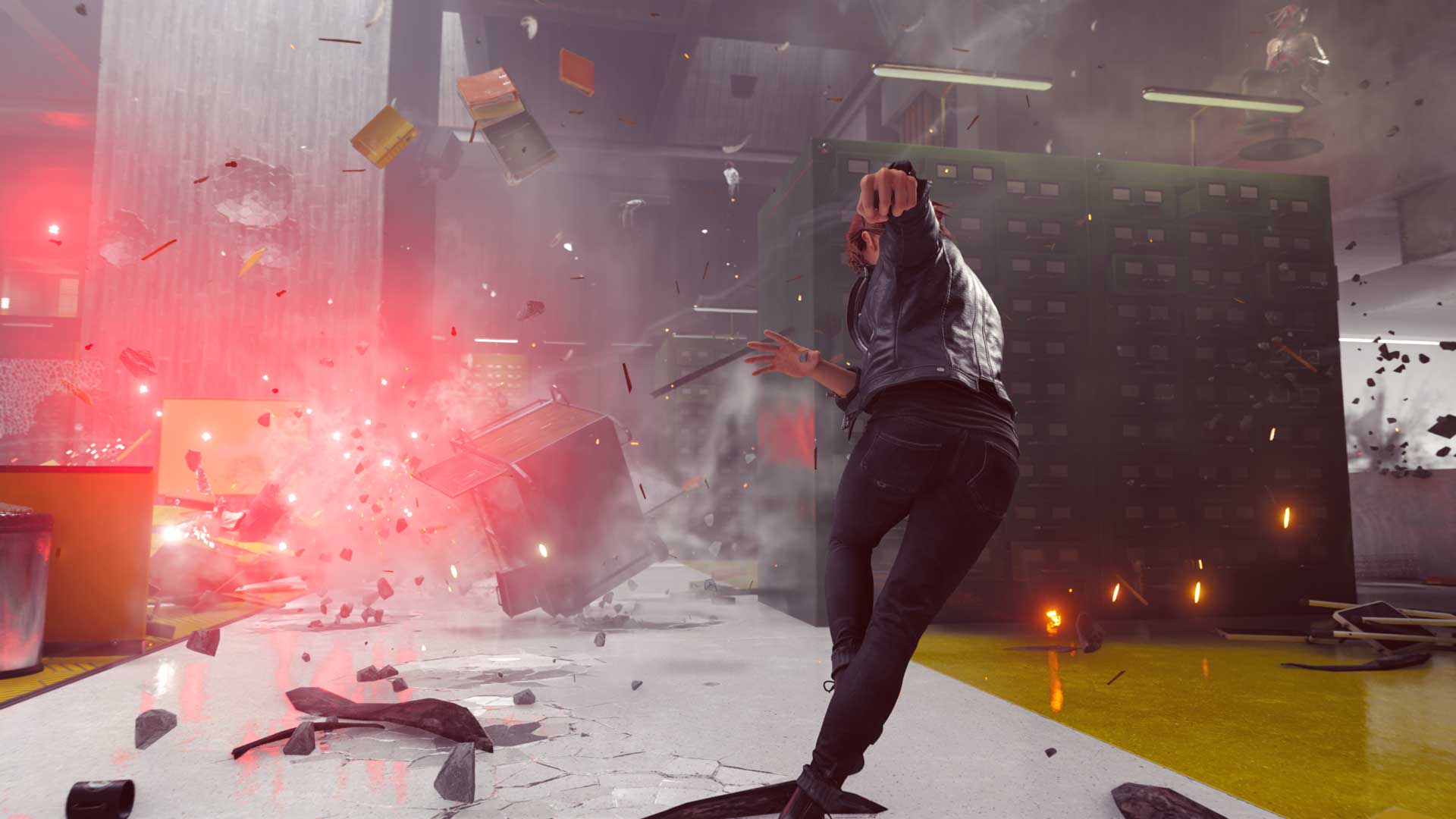
Taking Control
[Mild spoilers for Control follow]
I recently (based on trophy dates, anyway) spent about a month with Remedy Games’ Control. On October 16th, I finished its last story mission and got the last silly trophy (making this one of the few games I’ve gotten the coveted and rare platinum trophy on - something only 9.2% of Control’s PS4 players have done) by finally upgrading my never-used melee ability. I’m anxiously looking forward to the DLC when it comes out, hoping it’ll answer some of my niggling questions from the story - like where did Helen Marshall vanish to? - but I’m not exaggerating when I say that even in a year with releases like Fire Emblem: Three Houses, Bloodstained, a critically-acclaimed expansion for Final Fantasy XIV, and more, Control is probably my game of the year unless something just completely blows me away in the next two months.
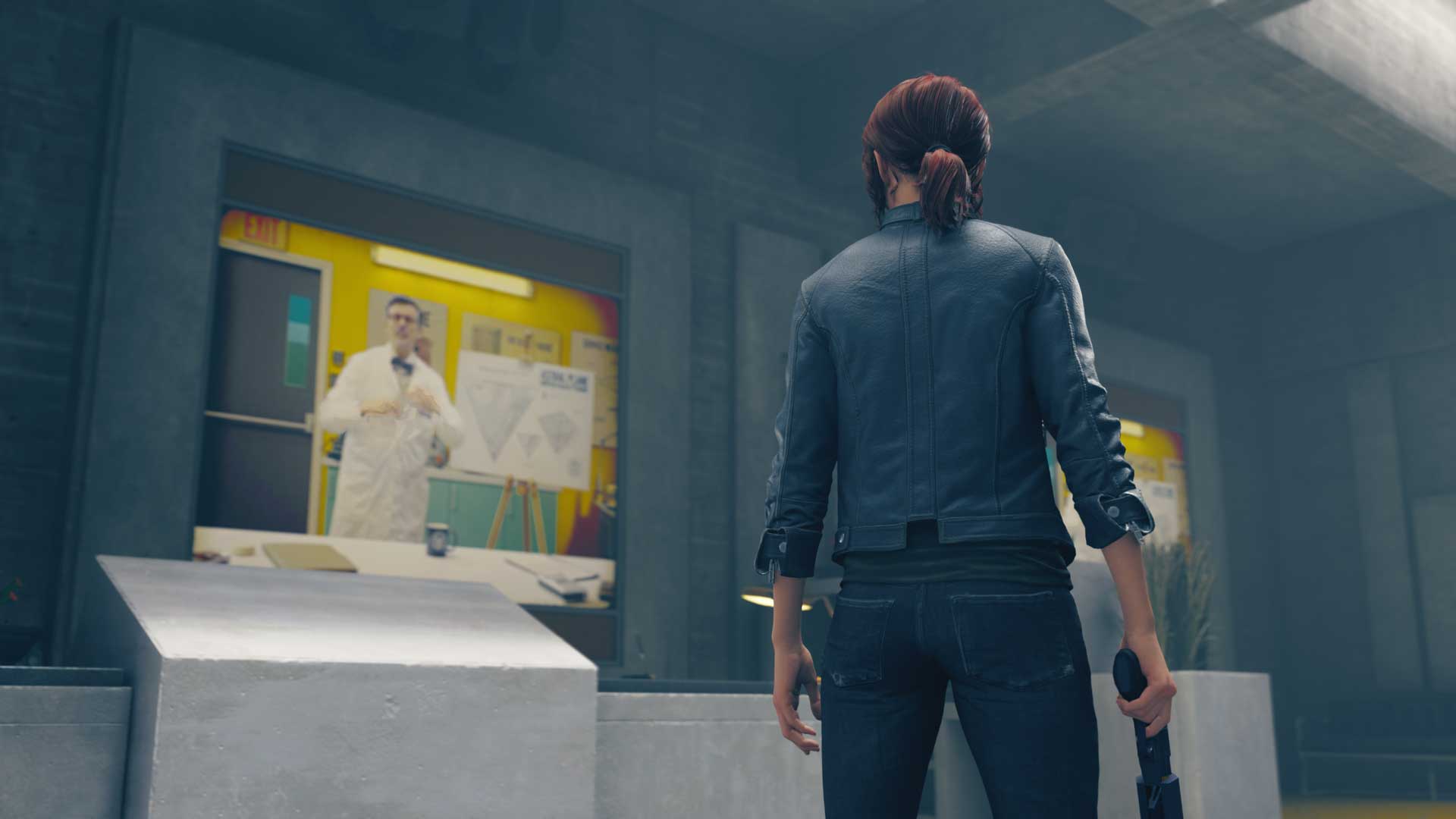
I should start by saying I’ve been a fan of the SCP Foundation collaborative writing project for years. The juxtaposition of the bureaucratically mundane and the cosmically horrific - both on a per-item level, such as a set of out-of-order signs that cause the room they’re affixed to to cease to function (the effect of which can vary wildly), and on a meta-level with the very concept of an extremely staid government agency dedicated to covering up and controlling Earth’s weirdest things - apparently just hits me exactly right in what I’m looking for in weird fiction. Less Lovecraft being a weird racist, more well-documented self-keeping secrets that slide out of the mind when studied.
That’s the good shit.
Control very obviously has some SCP in its DNA, and Remedy already has experience with spooky stuff, so it’s a great combo. It starts off feeling like a just-kinda-weird third-person shooter, and then you’re learning to dodge at instant speed and telekinetically throw forklifts at the Hiss, who seem to be a “resonance” - basically an evil sound that infects anyone hearing it without the proper protective gear, turning them into glowing red violent mockeries of their former self - and next thing you know you’re knee-deep in the weirdness of the Federal Bureau of Control.
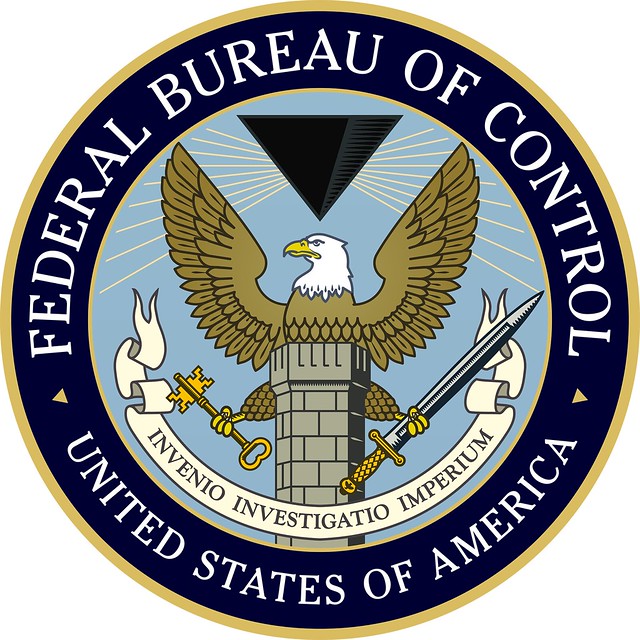
I’d also like to give a special shout-out to the visual design of Control. The game uses fairly simple color schemes most of the time - the glaring red of the hiss, the muted tones of the building itself, the gentle flashing green light on a sealed loot box hiding in a dark corner, the white “interaction here” circle signaling a probably pickup of some kind. It does get a little wild later at time - especially when dealing with the vividly-colored Mold that features in some of the lower levels of the building - but for the most part Control uses its palettes sparingly, and when it breaks from them, it’s important.
A real star here is The Oldest House, the physics-defying suddenly-shifting building where you’re physically located for the whole game, is a Brutalist skyscraper in the middle of New York City. Something about the hard, but still strange, angles and attempts to get artsy with concrete reminds me a little of my alma mater - who, even as they add more aggressively-glass buildings to campus, seem to be continuing to embrace that Brutalist inspiration.

It would’ve been very easy to make the Oldest House just lots of shades of concrete grey and call it a day, but there’s lots of touches here and there to just keep it from being same-old-same-old - wood paneling and even some carpeting in the Executive Sector, enormous trees in the center of the Research Sector (and plenty of bronze and other exotic materials in the same), rough-hewn rock in the tunnels in and around the Maintenance Sector, and even a wild section later in the game where you borrow a Walkman from the janitor (who always seems to be anywhere he needs to be, and may actually be a Finnish folk hero or god) in order to use the heavy rock soundtrack to be guided through a maze that shifts in real time like something out of Inception, but which looks like an old hotel.
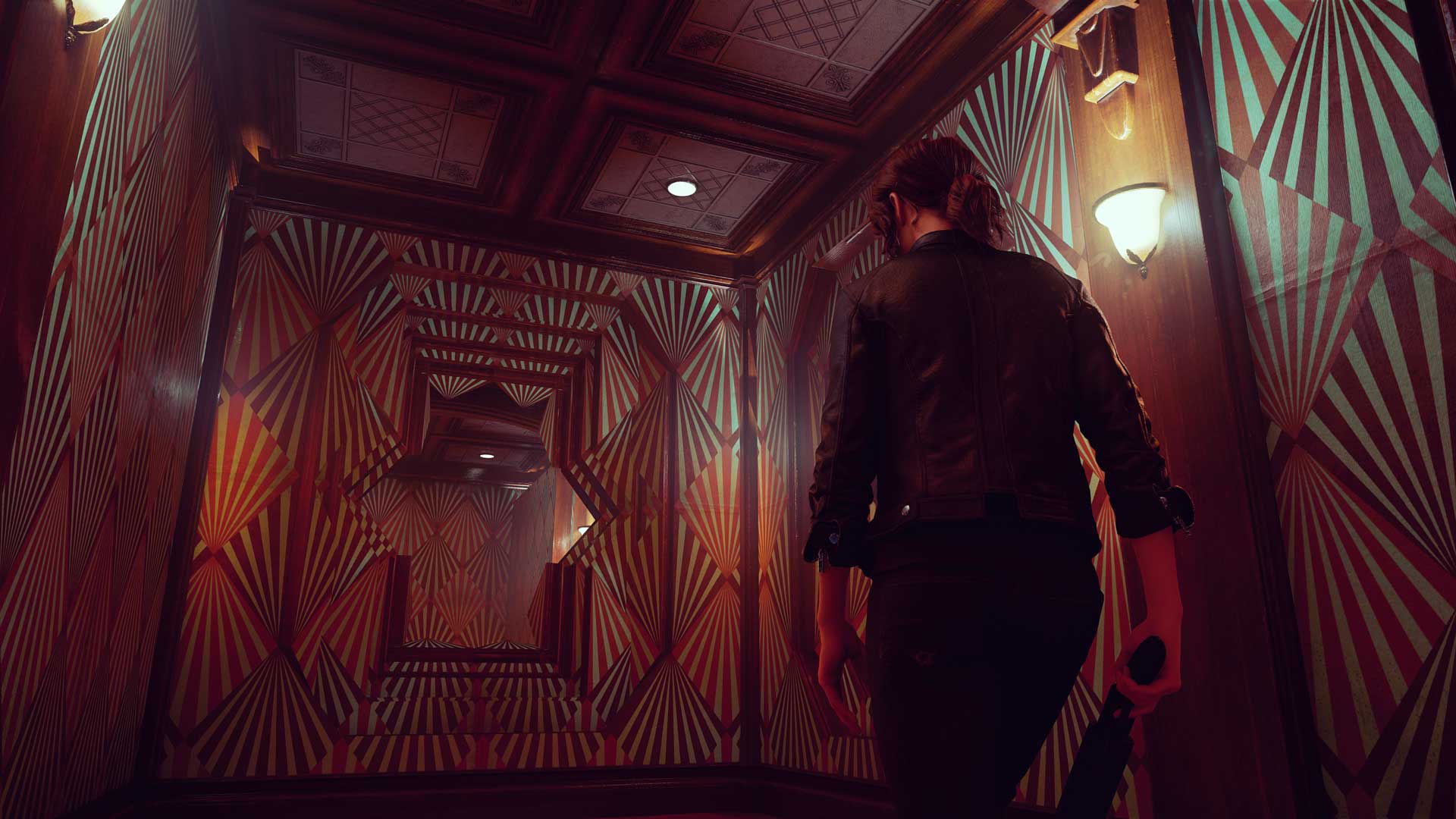
On the surface, a lot of the stuff Control does has been done by a lot of other games - skill trees for your paranatural powers, a small array of upgradeable guns (complete with Borderlands or Diablo-style lightly-randomized mods for your weapons or yourself), collectibles everywhere - but all of it just has such flavor to it, and even here some of your expectations are turned on their head. There’s only one gun, after all; the Service Weapon is just capable of being reconfigured because you will it to do so, because you’re the Director.
And the collectibles are everywhere. These aren’t just weird journal scraps that someone left out for someone to find; these are in-depth research notes found in research labs about the Bureau’s weird objects, a series of scattered memos about a book club or about a television program the Bureau is considering starting, or someone complaining to Dr. Darling, Head of Research, that their project didn’t get funded but someone else’s did and won’t the board of directors love to hear about that? The combination of government day-to-day minutia set against the backdrop of some of the most supernaturally powerful objects in the universe continues even into the objects you pick up off desks, each one a peek into a different kind of strange universe.
Some of them are even multimedia! The otherworldly Board, represented as an omnipresent black pyramid floating in the Astral Plane, as well as the ghost of the decreased Director who came before you, both contact you via a red Bakelite telephone - the Hotline, which is an Object of Power, because of course it is - to offer advice. (Director Trench tends to be a little more forthcoming, obviously.) And you’ll find Dr. Darling throughout, giving presentations about all manner of objects, in recorded live-action videos that manage not to feel out of place.
There are a few bumps in the road, and most of them revolve around the boss fights - a specific one, honestly, which is mandatory the first time and optional the second. A lot of them feel like they were set up to require specific weapon selections, but the only real way to find that is through trial and error, and a couple of them boil down to “fight the boss until they summon more Hiss, then hide from the boss until you’ve taken down all those Hiss, and repeat.” The gauntlet-style fights further into the game, where you’re taking down larger numbers of Hiss while performing other objectives, are honestly more enjoyable - though I admit taking down the free-floating, telekinetic-object-slinging Director of Communications the second time was a real adrenaline-pumping moment when I finally did it.
(Confession: the first time I beat him, the first boss in the game, I bugged him out. I ducked into a side room to recover my health and noticed that the boss was no longer attacking me, moving, dodging my shots, or anything - so I just pumped shots into him until he went away.)
Also, on an original PS4 like mine, there are some performance issues - you’ll get extremely noticeable frame rates when the Hiss Cluster enemies show up. Thankfully, they’re fairly rare, and they’re top priority anyway, so you’ll want to clear them out first for multiple reasons. It didn’t make the game difficult, just choppy, so be aware. I doubt PC or PS4 Pro players will have the same issues; I can’t speak to the Xbox, though.
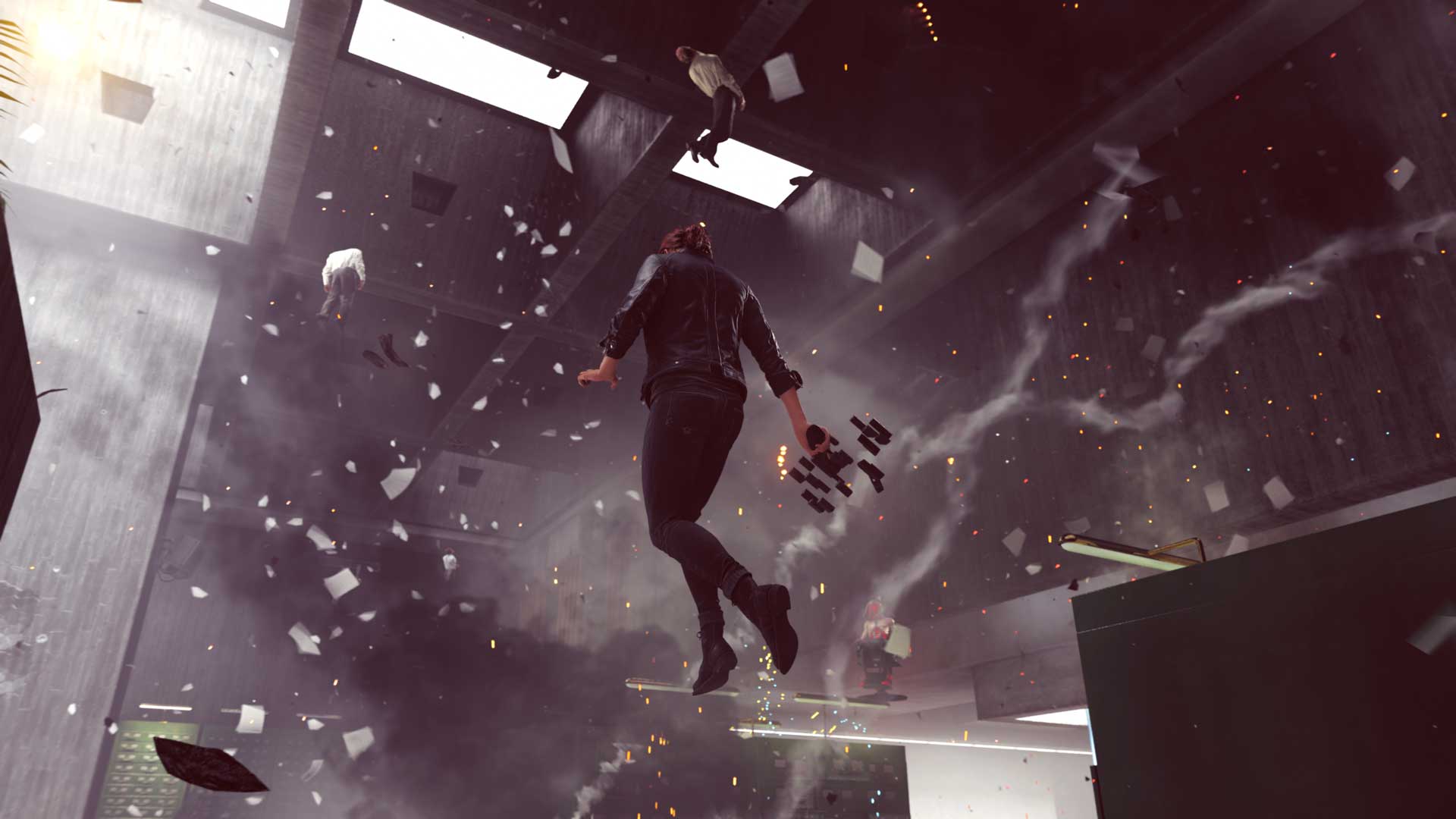
Anyway, I loved this game. I plunged headfirst into the FBC and came out the other side ready for whatever they have to throw at me, which sounds like a new challenge mode and two larger story-focused expansions next year, and I can’t wait to get back into this game’s universe - for now I’ll just have to settle for thinking about it, booting it back up to get a collectible that I missed (there aren’t many), and making my wife laugh by lapsing into uncanny imitations of Director Trench.